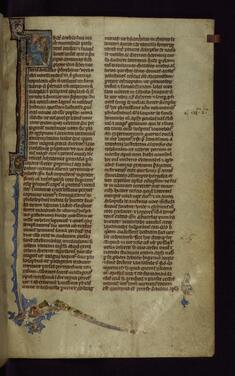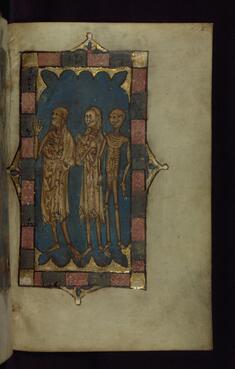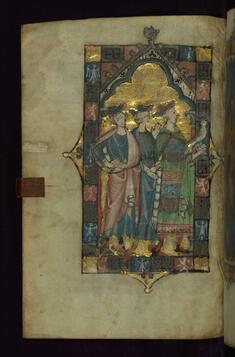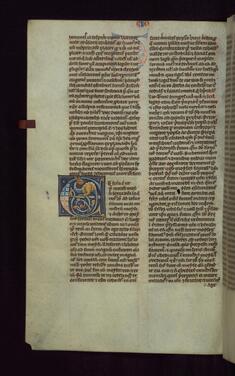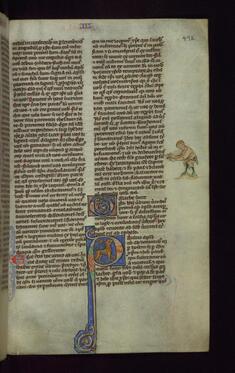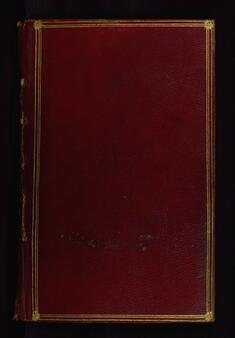Pocket-Sized Bible
(Manuscripts and Rare Books, Medieval Europe )
This pocket-size Bible was created around the middle of the thirteenth century in England. It contains the Vulgate text of the Old and New Testaments, arranged in order and divided into chapters. Such Bibles, designed for individual rather than institutional use, began to be created on a large scale during the thirteenth century, especially in Paris. This manuscript is illuminated with a large number of small historiated initials, and also includes a somewhat later image of the Three Living and the Three Dead, a popular scene based on a French poem of the same century.
Provenance
Provenance (from the French provenir, 'to come from/forth') is the chronology of the ownership, custody, or location of a historical object. Learn more about provenance at the Walters.
Mr. Hulinx Borum, England [1]. Léon Gruel, Paris. Henry Walters, Baltimore; by bequest to Walters Art Museum, 1931.
[1] folio 1r
Exhibitions
| 1995 | To Hell and Back: Medieval Images of the Afterworld. The Walters Art Gallery, Baltimore. |
| 1992-1993 | The Bible Before Luther. The Walters Art Gallery, Baltimore. |
| 1987 | Death and Dying in the Middle Ages. The Walters Art Gallery, Baltimore. |
| 1984-1985 | Illuminated Manuscripts: Masterpieces in Miniature. The Walters Art Gallery, Baltimore. |
Geographies
England (Place of Origin)
Measurements
Folio H: 5 11/16 × W: 3 3/4 in. (14.5 × 9.5 cm)
Credit Line
Acquired by Henry Walters
Location in Museum
Not on view
Accession Number
In libraries, galleries, museums, and archives, an accession number is a unique identifier assigned to each object in the collection.
In libraries, galleries, museums, and archives, an accession number is a unique identifier assigned to each object in the collection.
W.51
Do you have additional information?
Related Objects
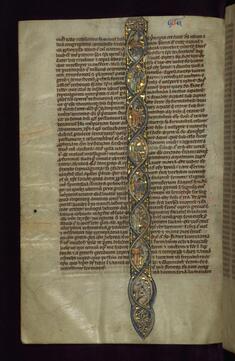
Historiated Initial "I" with Scenes of the Creation

Historiated Initial "H" with Pharoah and the Midwives of Egypt
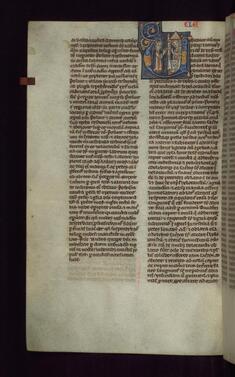
Historiated Initial "U" with Moses and God in Tabernacle
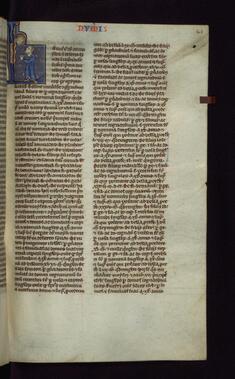
Historiated Initial "L" with God Speaking to Moses in the Desert
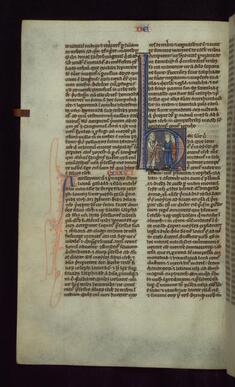
Historiated Initial "H" with Moses Speaking to the Israelites
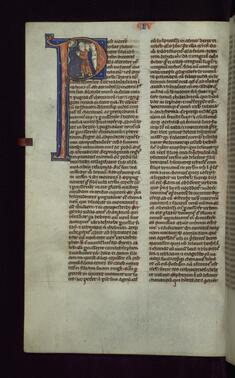
Historiated Initial "P" with God Appearing to the Elders
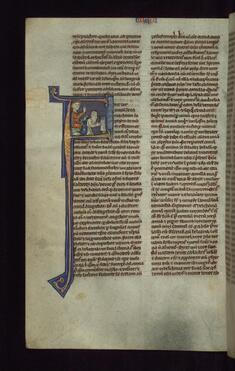
Historiated Initial "F" with Hannah and Eli
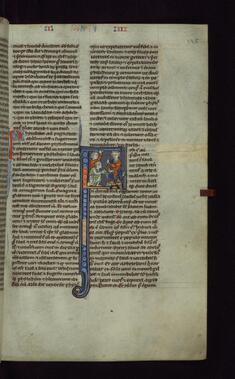
Historiated Initial "F" with David and the Amalekite
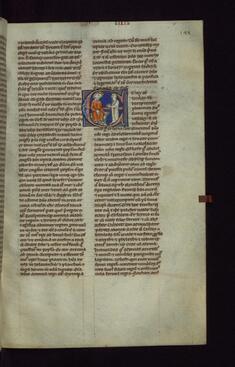
Historiated Initial "E" with David with Abishag
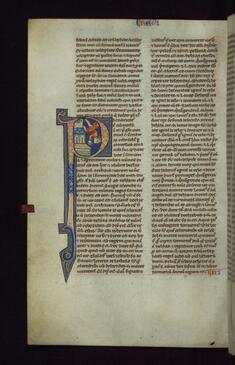
Historiated Initial "P" with Ahaziah Falling from a Window

Historiated Initial "T" with Tobit Burying a Body

Historiated Initial "A" with Judith and Holofernes

Historiated Initial "U" with Job Sitting on a Dungheap

Historiated Initial "P" with Solomon Teaching a Youth
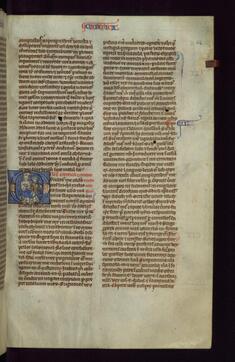
Historiated Initial "O" with Queen and Child

Historiated Initial "D" with Solomon and Men
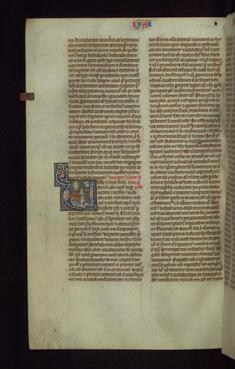
Historiated Initial "U" with God Speaking to Isaiah
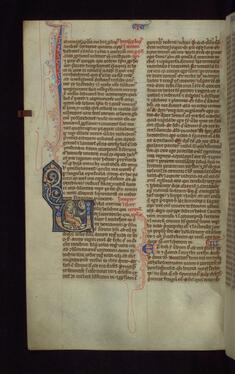
Historiated Initial "U" with God Speaking to Jeremiah

Historiated Initial "E" with Ezekiel's Vision
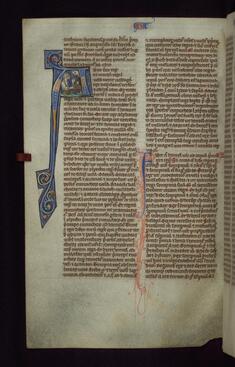
Historiated Initial "A" with Daniel and the Lions

Historiated Initial "U" with God Speaking to Hosea
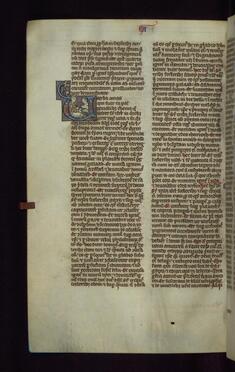
Historiated Initial "U" with Amos as a Shepherd
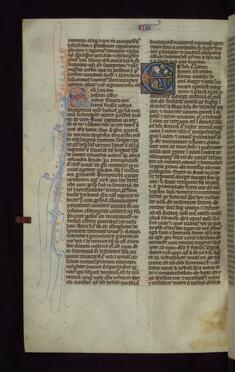
Historiated Initial "E" with Jonah and the Whale
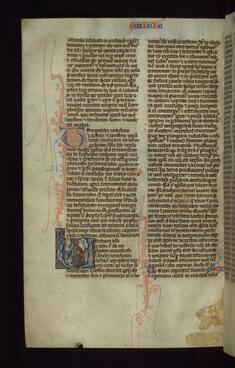
Historiated Initial "U" with Micah Addressing Followers

Historiated Initial "E" with a Knight on Horseback

Historiated Initial "L" with Matthew Writing

Historiated Initial "F" with the Sacrifice of an Ox
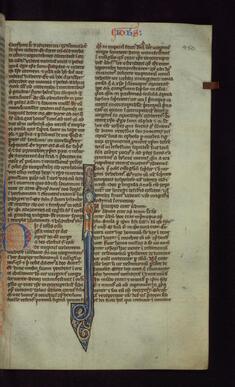
Historiated Initial "I" with St. John and an Eagle

Historiated Initial "P" with St. Luke Writing and Marginal Figure of St. John

Historiated Initial "P" with St. Paul Writing

Historiated Initial "P" with St. Peter Holding a Key






